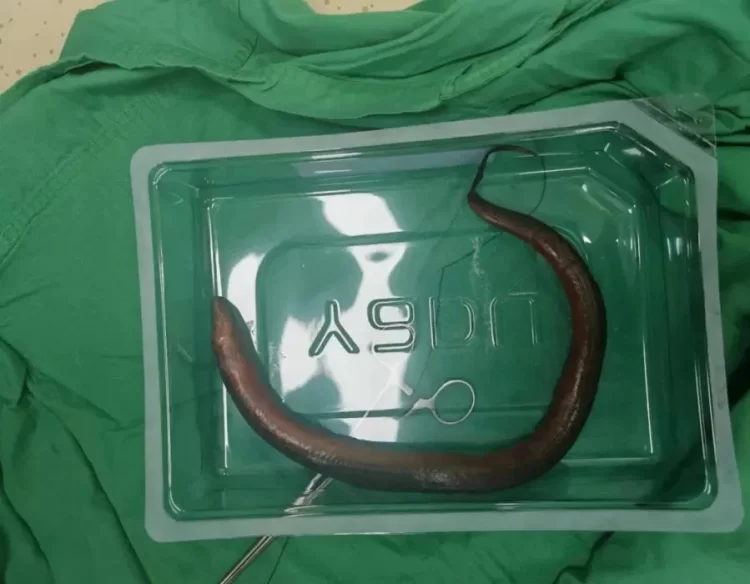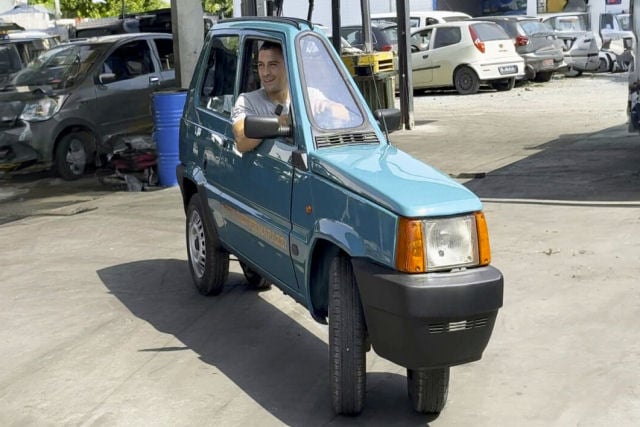H.A. Schult, the designer behind the famous Trash People, has teamed up with beer-make Corona to create the world’s first hotel made of garbage.
The initiative to build the “Save the Beach” garbage hotel was started by Corona, in order to raise awareness to the huge amount of waste being washed up on our shores, every day. And who better that H.A. Schult, a designer who has used trash as art medium since 1969, to build a hotel out of the trash collected from various European beaches?
The doors of this bizarre hotel, made of garbage, have opened to the public, last week, in Rome and has already received the support of various celebrities, like Helena Christensen, the famous model, who agreed to spend a night in the Save the Beach Hotel.
H.A. Schult, the creator of the trash hotel said “The philosophy of this hotel is to expose the damage we are causing to the sea and the coastline. We live in the era of trash and we are running the risk of becoming trash ourselves. Do we really want this world?”







































